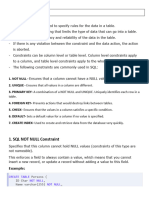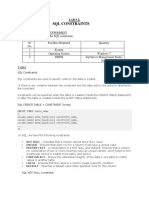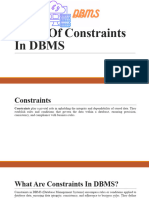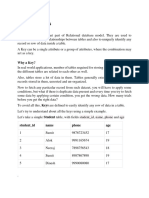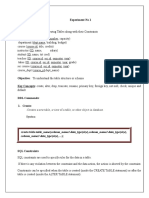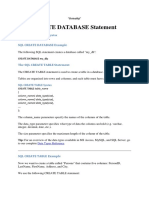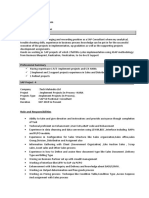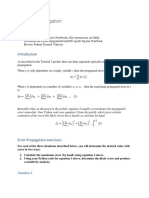0% found this document useful (0 votes)
11 views6 pagesDbms Key Constrains
SQL constraints are rules applied to database columns or tables to ensure data validity and integrity, including types such as NOT NULL, UNIQUE, PRIMARY KEY, and FOREIGN KEY. These constraints can be defined during table creation or modified later using the ALTER TABLE statement. Key constraints, such as primary and foreign keys, are essential for maintaining relationships and data uniqueness within a database.
Uploaded by
sudiptaop001Copyright
© © All Rights Reserved
We take content rights seriously. If you suspect this is your content, claim it here.
Available Formats
Download as PDF, TXT or read online on Scribd
0% found this document useful (0 votes)
11 views6 pagesDbms Key Constrains
SQL constraints are rules applied to database columns or tables to ensure data validity and integrity, including types such as NOT NULL, UNIQUE, PRIMARY KEY, and FOREIGN KEY. These constraints can be defined during table creation or modified later using the ALTER TABLE statement. Key constraints, such as primary and foreign keys, are essential for maintaining relationships and data uniqueness within a database.
Uploaded by
sudiptaop001Copyright
© © All Rights Reserved
We take content rights seriously. If you suspect this is your content, claim it here.
Available Formats
Download as PDF, TXT or read online on Scribd
/ 6




